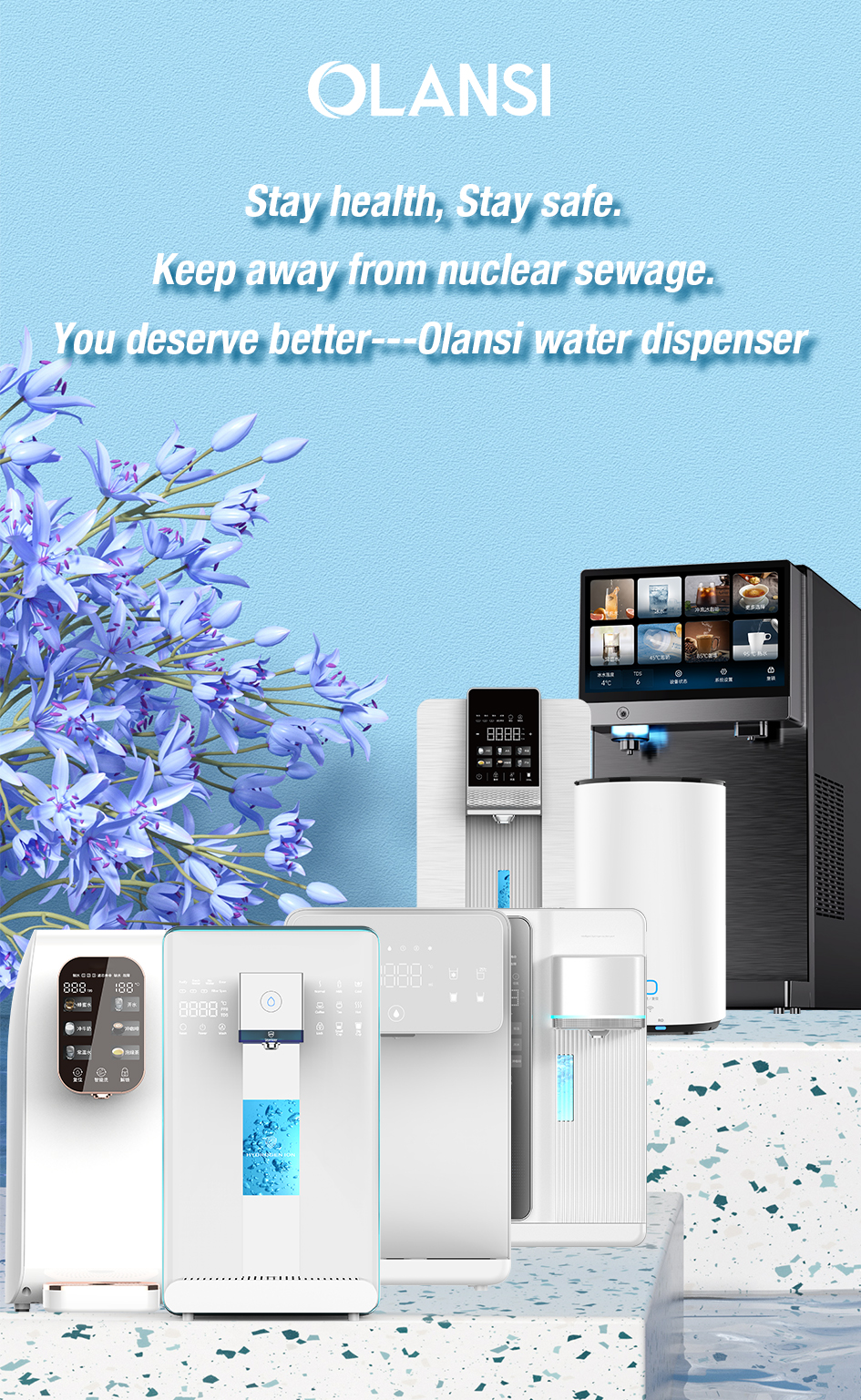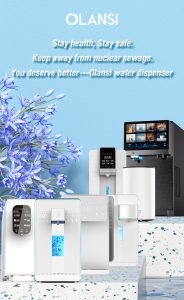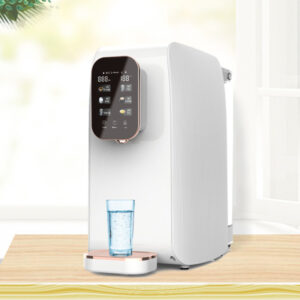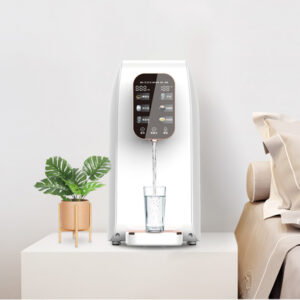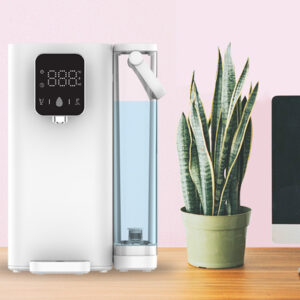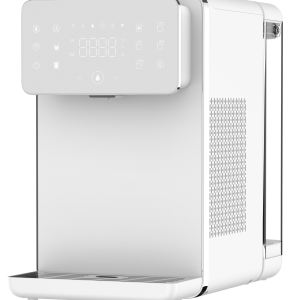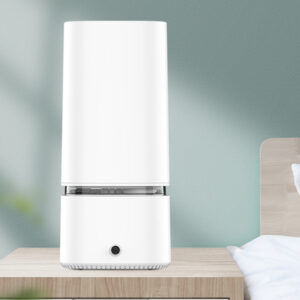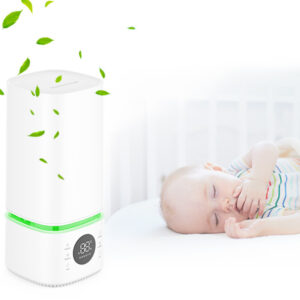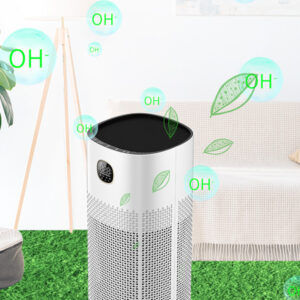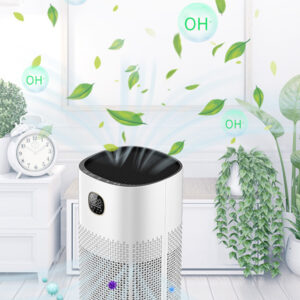Water Purifier Manufacturer Spotlight Innovations and Industry Trends
Water purification is the process of removing contaminants from water to make it safe for consumption. It is an essential step in ensuring access to clean and safe drinking water. Water purifier manufacturers play a crucial role in providing the technology and equipment needed to purify water. These manufacturers design, produce, and distribute a wide range of water purifiers to meet the diverse needs of consumers.
Clean water is vital for maintaining good health and well-being. It is essential for hydration, proper digestion, and overall bodily functions. Drinking contaminated water can lead to various health issues, including gastrointestinal problems, waterborne diseases, and even long-term health effects. Therefore, the importance of water purification cannot be overstated.
Water purifier manufacturers offer a variety of products and technologies to address the need for clean water. They develop innovative solutions to remove impurities, such as bacteria, viruses, chemicals, and heavy metals, from water sources. These manufacturers play a critical role in ensuring access to safe drinking water for individuals, households, and communities.
The Importance of Water Purification
Clean water is essential for maintaining good health and preventing waterborne diseases. Water purification removes harmful contaminants and ensures that the water we consume is safe. There are several health benefits associated with drinking clean water.
Firstly, clean water helps in maintaining proper hydration. Our bodies are made up of about 60% water, and staying hydrated is crucial for optimal bodily functions. Drinking purified water helps replenish lost fluids and keeps our bodies hydrated.
Secondly, clean water aids in digestion. Drinking contaminated water can lead to gastrointestinal problems such as diarrhea, stomach cramps, and nausea. Purified water ensures that harmful bacteria and parasites are removed, reducing the risk of digestive issues.
Furthermore, clean water helps in detoxification. Our bodies rely on water to flush out toxins and waste products. Drinking purified water ensures that we are not introducing additional toxins into our bodies, allowing our natural detoxification processes to function properly.
There are various methods of water purification, including filtration, distillation, and disinfection. Filtration involves passing water through a physical barrier to remove impurities. Distillation involves boiling water and collecting the condensed steam, leaving behind contaminants. Disinfection involves using chemicals or ultraviolet light to kill bacteria and viruses.
Innovations in Water Purification Technology
Water purification technology has seen significant advancements in recent years. Manufacturers are constantly developing new technologies and improving existing ones to provide more efficient and effective water purification solutions.
One of the innovations in water purification technology is the use of advanced filtration systems. These systems utilize advanced filter media and membranes to remove even the smallest particles and impurities from water. They can effectively remove bacteria, viruses, chemicals, and heavy metals, ensuring that the water is safe for consumption.
Another innovation is the development of portable water purifiers. These compact and lightweight devices are designed for outdoor enthusiasts, travelers, and emergency situations. They use advanced filtration or purification methods to provide clean drinking water on the go.
Advancements have also been made in existing technologies such as reverse osmosis and ultraviolet (UV) disinfection. Reverse osmosis systems use a semi-permeable membrane to remove impurities from water, while UV disinfection systems use ultraviolet light to kill bacteria and viruses. These technologies have become more efficient and affordable, making them more accessible to consumers.
The impact of technology on water purification has been significant. It has allowed for the development of more efficient and cost-effective purification methods, making clean water more accessible to a larger population. Technology has also enabled the production of water purifiers that are easier to use and maintain, improving the overall user experience.
Industry Trends in Water Purification
The water purification industry has experienced significant growth in recent years. The increasing awareness of the importance of clean water and the rising demand for water purifiers have contributed to this growth. Several industry trends have emerged as a result.
One of the trends in the water purification industry is the growing market for point-of-use (POU) water purifiers. POU purifiers are designed to treat water at the point of consumption, such as faucets or water dispensers. They are popular among households and small businesses as they provide a convenient and cost-effective solution for accessing clean water.
Another trend is the emergence of new markets for water purifiers. Developing countries with limited access to clean water have become significant markets for water purification products. Manufacturers are expanding their operations and distribution networks to cater to these markets and provide affordable and effective water purification solutions.
Regulatory changes have also had an impact on the water purification industry. Governments around the world are implementing stricter regulations and standards for drinking water quality. This has led to increased demand for certified and compliant water purifiers. Manufacturers are adapting to these changes by ensuring that their products meet the required standards and certifications.
Environmental Impact of Water Purification
Water purification processes can have an impact on the environment, particularly in terms of energy consumption and waste generation. However, manufacturers are increasingly focusing on developing sustainable and eco-friendly water purification methods.
One of the environmental impacts of water purification is energy consumption. Some purification methods, such as reverse osmosis and UV disinfection, require electricity to operate. This can contribute to carbon emissions and increase the demand for energy resources. Manufacturers are addressing this issue by developing energy-efficient purifiers and exploring alternative power sources, such as solar energy.
Another environmental concern is the generation of waste during the purification process. Filters and membranes used in water purifiers need to be replaced periodically, resulting in waste generation. Manufacturers are working on developing recyclable and biodegradable filter materials to reduce the environmental impact. They are also implementing take-back programs to ensure proper disposal and recycling of used filters.
Sustainable water purification methods are also being developed to minimize the environmental impact. These methods focus on reducing energy consumption, minimizing waste generation, and utilizing renewable resources. Examples include using natural filtration systems, such as wetlands and sand filters, and implementing water-saving technologies, such as rainwater harvesting and greywater recycling.
Last Words
In conclusion, the water purifier manufacturing industry is a dynamic and rapidly evolving sector, with a myriad of innovations and trends shaping its future. Manufacturers are continuously pushing the boundaries of technology to develop more efficient, cost-effective, and environmentally friendly water purification systems.
The spotlight on water purifier manufacturers reveals an industry that is not only committed to providing safe and clean drinking water but also to sustainability and environmental conservation. Innovations such as smart purifiers, portable devices, and energy-efficient systems are testament to this commitment. These advancements not only cater to the growing consumer demand for high-quality drinking water but also address global challenges such as water scarcity and pollution.


